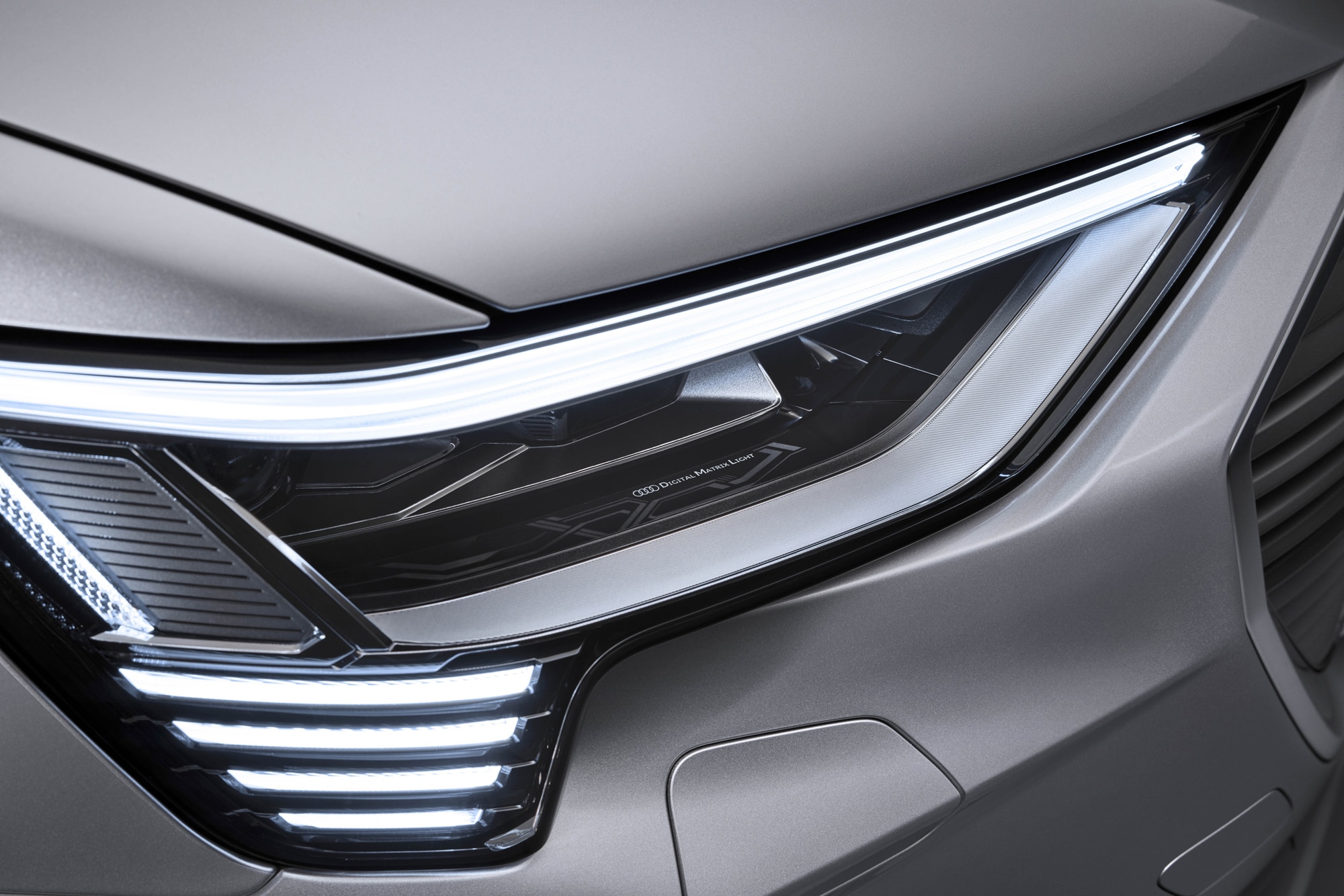Headlights Explained: Halogen vs. HID vs. LED
Everything you need to know about halogen, HID, and LED headlights.
 Audi
Audi
About half of all deadly crashes in the U.S. happen in the dark, and more than a quarter happen on unlit roads, according to the Insurance Institute for Highway Safety (IIHS). That makes headlights one of the most important safety features on any vehicle — and they aren’t all created equal. You also need to make sure you pick the best replacement headlights.
There are three general types of headlights in use on today’s cars: halogen, HID, and LED. Each has its own pros and cons. Here’s what you need to know.
Halogen Headlights
Halogen headlights have long been the go-to option for automakers largely because they’re affordable and easy to replace.
Halogen headlights work a lot like typical incandescent bulbs, though there are some differences. Halogens use a tungsten element in halogen gas encased in an envelope of quartz. When you turn on the headlights, the electrical current excites the element and puts out both light and heat.
Halogen bulbs differ from the lights in your house (if you still use incandescent lights) in that they’re brighter and tend to last longer than incandescent bulbs. The average lifespan of a halogen bulb is around 500 to 1,000 hours.
Halogen lights are generally the least expensive option, with prices for replacement bulbs running from around $10 to $25. These bulbs typically cast a light that’s more yellow than the brighter white light produced by newer, more expensive types of headlights. You’ll generally find halogen lights as standard on older vehicles.
HID Headlights
HID, or high-intensity discharge, headlights work a lot like the fluorescent bulbs you’d find in an office. Often referred to as xenon headlights, HIDs are brighter, whither, and more efficient than halogens.
Xenon lights first appeared in the 1990s on BMWs and are often found on luxury vehicles today. They work by passing electricity through xenon gas inside a cylinder. The gas then emits a bright white light. HIDs are often used as running lights because they’re easier to see in daylight than halogens.
HID headlights do have some downsides. HIDs can take a brief but noticeable time to reach peak brightness, and in some applications their brightness can cause discomfort for oncoming drivers. Additionally, replacement lights can be costly and difficult to find. On the other hand, HID lights are quite long-lasting, with a lifespan of up to 15,000 hours.
LED Headlights
Initially popularized by Lexus and Audi, LED, or light-emitting-diode, headlights are increasingly common today, though they’re often offered as an option rather than standard. They’re the longest lasting of all three types of lights and also the most efficient, which makes them especially well-suited to electric vehicles.
LEDs produce a bright white light, and unlike HIDs, they can reach peak brightness instantly. They work by using semiconductors that emit light when an electrical current is applied. LED lights can produce a variety of colors, and automakers often use them in unique patterns to create a signature look.
In general, LED headlights tend to be among the highest rated by the IIHS, which emphasizes the importance of high-quality headlights in its safety ratings.
The replacement cost for LED headlights is quite high. Replacements sometimes cost well over $300 apiece. That said, there’s a good chance you’d never bear that cost, since LED headlights can last a very long time — anywhere from 25,000 to 45,000 hours.
Written by humans.
Edited by humans.
 Abigail Bassett
Abigail BassettAbigail Bassett is an award-winning freelance journalist based in Los Angeles. There, she covers everything from automotive and business to travel and luxury. She has a passion for 1980s-era Volvo wagons, microcars, and dogs. She is also a World Car Juror.
Related articles
View more related articles